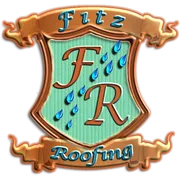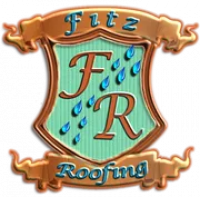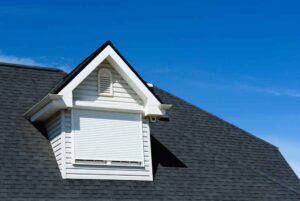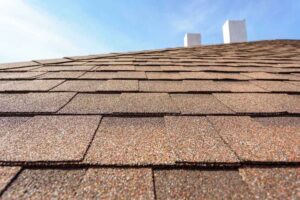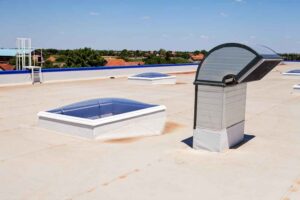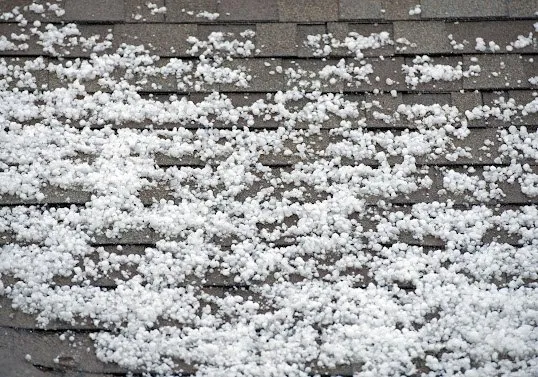
While a roof’s purpose is to protect you from adverse weather, it is not immune to damage from the same. Weather-related roof damage is an unfortunate and devastating reality for many homeowners. Knowledge of the types of damage can help you as a homeowner deal with them effectively.
Below are four types of weather damage that your roof may experience.
1. Hail and Snow Damage
During severe thunderstorms, updrafts carry raindrops to a high altitude. Once the updrafts weaken, the rain falls below freezing level, forming ice pellets known as hail. Hailstones are not very heavy. When hail falls from several feet in the air at high speeds, it can cause significant damage to your roof.
Hail roof damage is difficult to recognize because you need to be at an elevated angle. The best way to tell if your roof suffered any damage is to get on the rooftop and conduct a visual inspection.
Hail may leave gaping holes or fractures in asphalt shingles. A typical hailstorm may leave black marks on your shingles, only visible under close inspection. Severe hailstorms can cause dents in roofing materials or even puncture through them.
Roof damage can also happen when large amounts of snow accumulate on your roof or if ice dams form around the roof edges. While the accumulation may not look like much, it adds tremendous weight to your roof.
Over time, the added weight causes your roof deck to sag, creating cracks in the walls, ceilings, and insulation. The weight can also bend supports, rip shingles, and ruin your roof’s structural integrity. Snow and ice damage can also lead to leaks in the gutters, damaging the fascia board along the eaves.
Have your roof inspected by a professional roofer after hail or snowfall to stay ahead of roof damage.
2. Wind Damage
Roof damage can occur because of the high-strength winds that sometimes follow a storm. Tornados and hurricanes are the two most common types of strong winds responsible for roof damage.
Wind damage to the roof may occur in the form of tree falls. Wind damage may also occur when your roof shingles go missing, become loose, or are visibly damaged. Aside from roof damage, strong winds can result in structural issues, water damage, and mold.
Fixing wind damage can be as simple as replacing a few shingles or reattaching gutters. But structural issues like bent framing members may require significant repairs.
To protect your roof against wind damage, hire a professional to install high-quality roof material. A proper installation will ensure all your roof components work together for full strength when facing a windstorm.
3. Rain Damage
Severe storms have the potential for water roof damage, but this is particularly true with rainstorms. Rainstorm damage occurs when heavy rainfall meets extreme wind speeds that blow large amounts of water onto your home.
Heavy rainfall can loosen shingles and expose the underlayment of your roof, leading to water leaks through the ceiling. Heavy rains can knock granules off the shingle surfaces. Rainstorms can also cause problems with your gutters and downspouts.
Roof damage becomes worse as the rainwater seeps into your property, so it’s essential to fix it right away.
Roof damage is one of the most costly and common forms of weather damage on your property. You may not be able to stop roof weather damage completely. But if you’re able to confront the damage head-on, you can minimize the effects on your property. Schedule a professional inspection to help you assess the extent of the damage after an extreme weather event.
If your roof sustained damage from weather elements and needs repairs, call us today.
